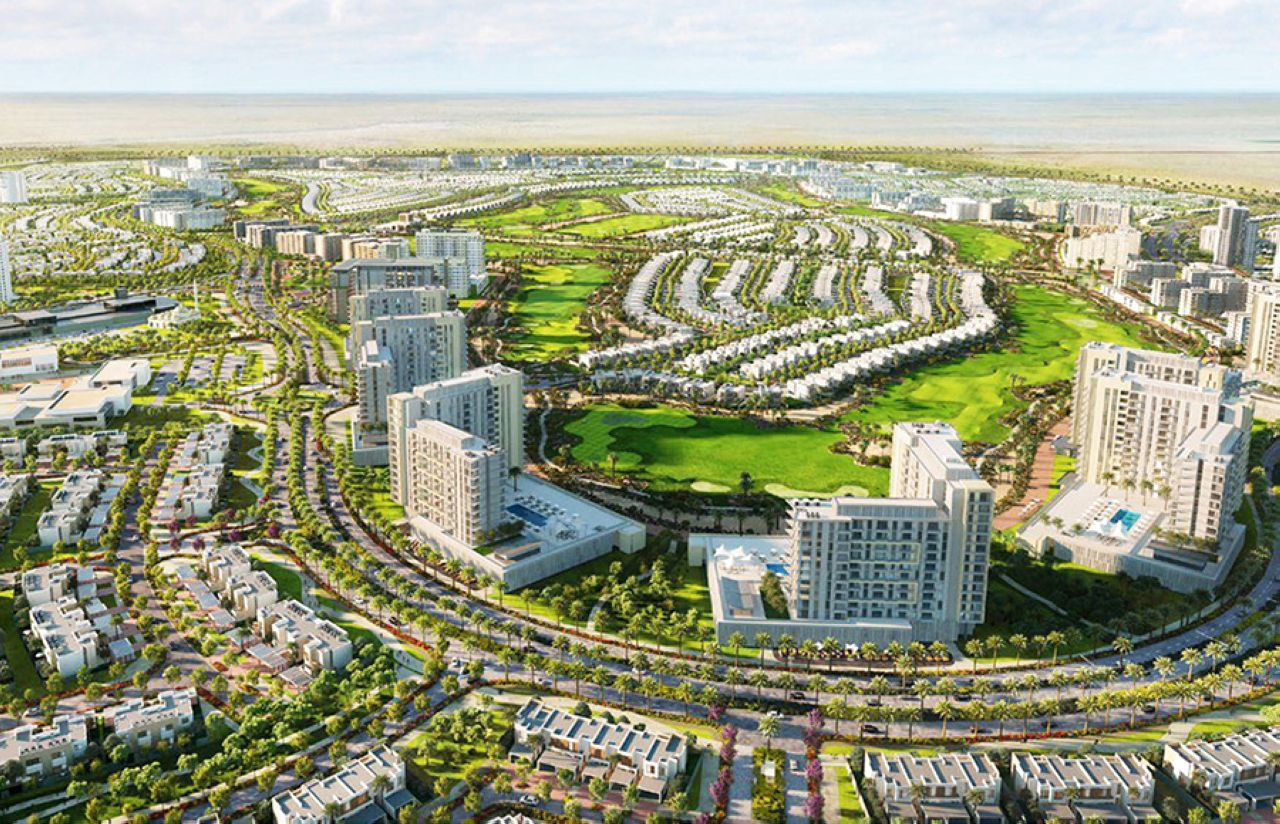Better Homes confirmed that Chinese investors strengthened their presence in the Dubai real estate market during the second quarter of this year, coinciding with the strong results that the market succeeded in achieving during this period, which enhanced capital gains for investments and raised the rental return to attractive global levels of up to 7.6%.
The report stated: The return of Chinese buyers to the list of the top 10 countries present in the Dubai real estate market is due to the diversification of their global investments, Dubai’s alignment with the Chinese Belt and Road Initiative, and the improvement of travel and accommodation policies. In addition, the desire of Chinese investors to search for stable and profitable opportunities abroad, which It makes Dubai an attractive destination for real estate investments.
The company stated, in its report on the performance of the real estate market in Dubai during the second quarter of this year, that Indians and Britons continue to be the main buyers in the emirate’s real estate market due to their large disposable incomes, their historical ties, and the many work and employment opportunities in Dubai, and the city also attracts families from these countries. countries thanks to their high-quality education, healthcare facilities, and cosmopolitan lifestyle, which enhances their presence in the market.
The list of nationalities investing most in Dubai real estate includes, in order: India, Britain, Egypt, Lebanon, Italy, France, Russia, Poland, Turkey, and China.
The report stated that the average gross rental return for apartments in Dubai is 7.64%, while for villas and houses it is 5.23%. These numbers place Dubai as one of the most attractive markets for rental income in the world. The high rental returns also reflect the strong demand for rental properties, ensuring a flow of Fixed cash for investors.
The report indicated that more than 17,200 units were delivered in the first half of 2024, while an additional 30,600 units are expected to be delivered between the third quarter and the fourth quarter of 2024, raising the annual expectations for 2024 to more than 47,800 units, and this is generally in line with the expected delivery numbers. The report stated that the market is currently facing a shortage in supply, which will be overcome in the next few years with many recently announced projects reaching the delivery stage, while 70,000 units are expected to be delivered next year, 75,000 units in 2026, and 40,000 units. In 2027, and 12.8 thousand units in 2028, according to the announced projects.
The report said that the Dubai South region has recently emerged as a hotspot for properties under construction, thanks to plans to develop the new Al Maktoum International Airport, the largest airport in the world, which is five times the size of the current airport, and includes a large eventual investment of 128 billion dirhams ( $34.8 billion), and the region’s easy access to Abu Dhabi and other major commercial centers has contributed to its attractiveness.
Despite its location at least 30 minutes from the heart of Dubai, current property prices are reasonable and expected to rise, as many companies plan to move their operations there. Notable projects in Dubai South include the Oasis project by Emaar Properties, whose investments are estimated at more than From 73.5 billion dirhams ($20 billion), and the Azizi Venice project by Azizi Real Estate Development, with investments amounting to 29.4 billion dirhams ($8 billion).
The report confirmed that the UAE’s economy continues to flourish, as the International Monetary Fund expects real GDP growth to reach 4.2% by 2025, exceeding the global average of 3%. This growth is driven by the non-oil sector, which now represents more than 70% of the country’s economic growth for the first time. This transformation, along with controlled inflation rates, confirms the success of the country’s diversification efforts, reducing its dependence on oil, and enhancing economic stability.
Government initiatives also play a crucial role in this growth, as the UAE has implemented favorable policies such as a visa system that provides 10-year residence permits and laws allowing full foreign ownership of companies in various sectors. Furthermore, the Cabinet has approved a “blue visa” for 10 years. For individuals who have made notable contributions to environmental protection.
In addition, the UAE’s progressive digital regulations, covering areas from e-commerce to cryptocurrencies, position it as a leader in digital innovation, attracting technology-driven companies.
With the UAE’s population expected to reach 10 million over the next two years, the country’s population and employment will grow by 0.7% and 1.4%, respectively, in 2023. This rise in population and employment is expected to increase the need for infrastructure. And therefore the broader real estate sector.
The report pointed to the strength of Dubai’s economy and the remarkable growth in GDP of 3.3% by the end of 2023, as this growth reflects Dubai’s resilient economy and the emirate’s strategic focus on sustainable development, which was highlighted in the announcement of the Quality of Life Strategy 2033, as the strategy aims to transform residential communities. To cities 20 minutes away from each other with easy access to all basic social infrastructure and creating areas of well-being.

